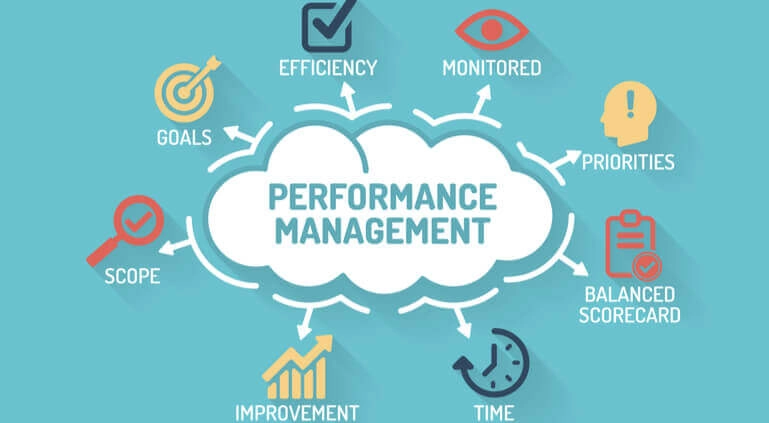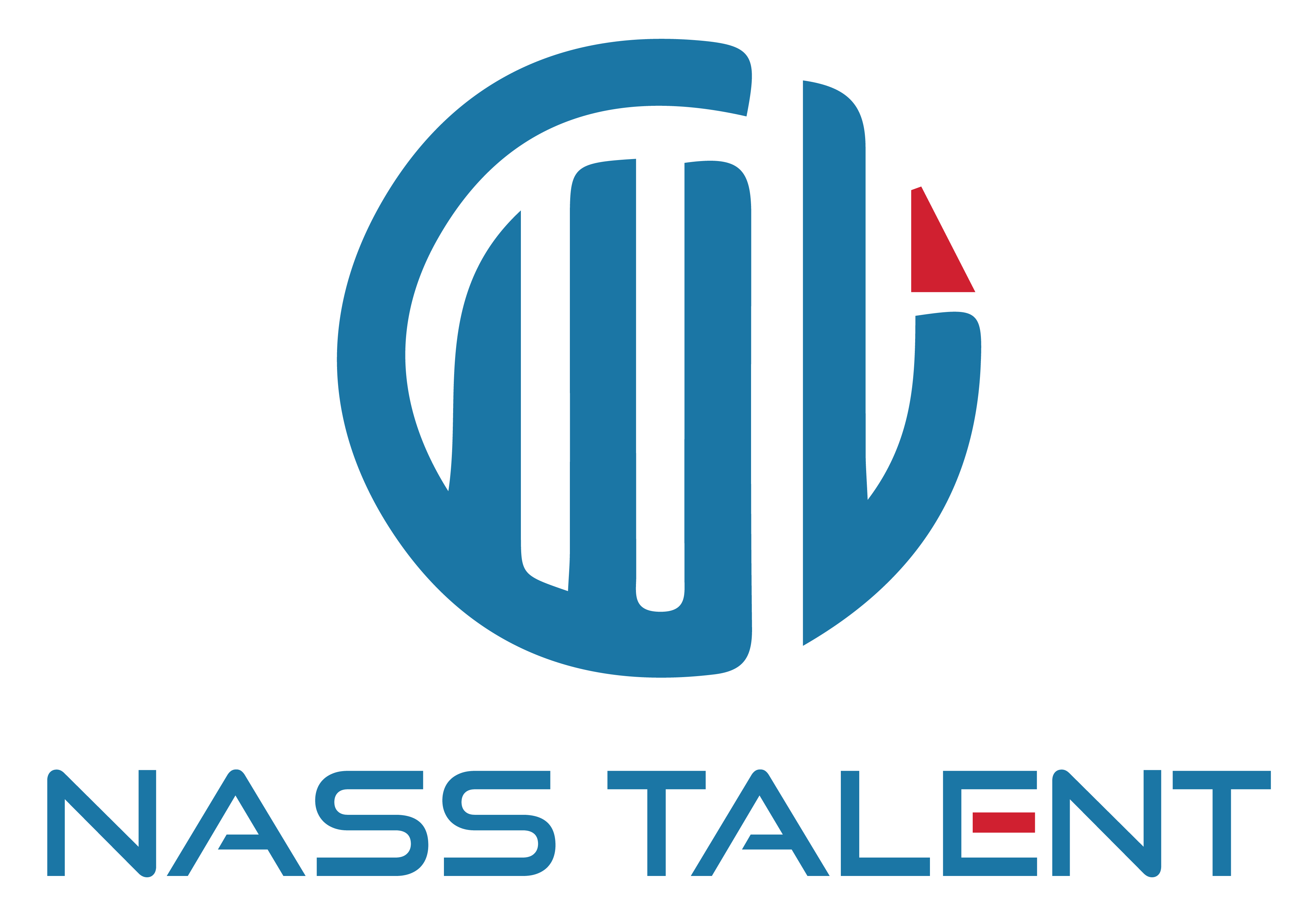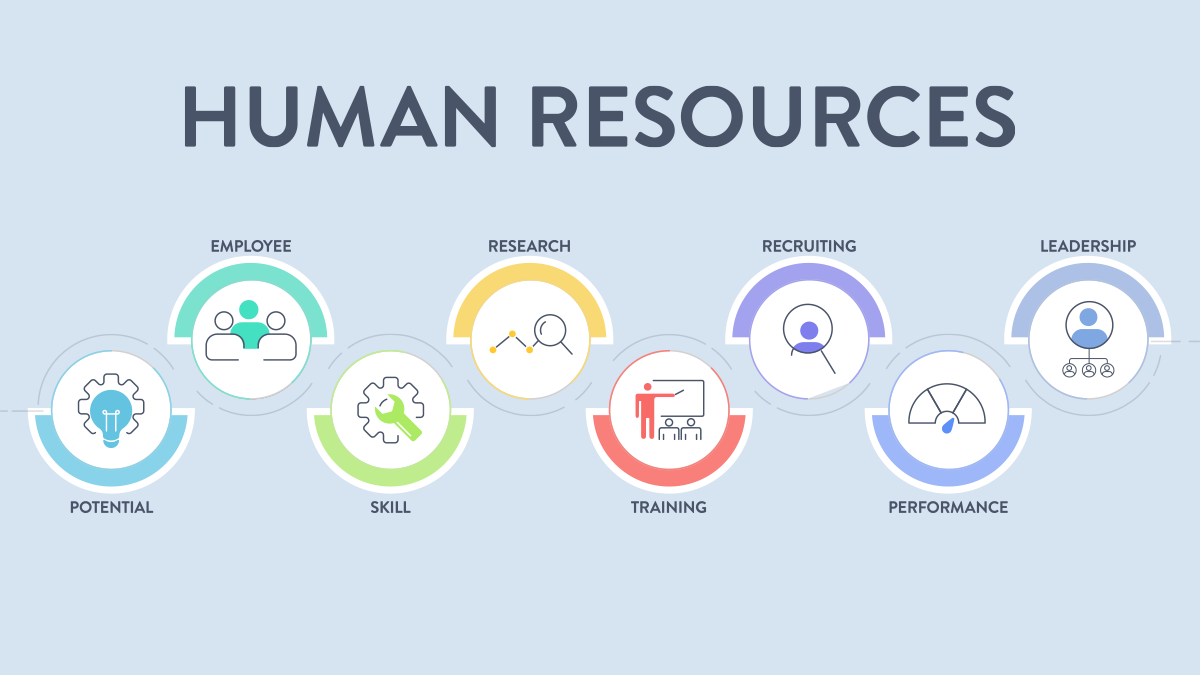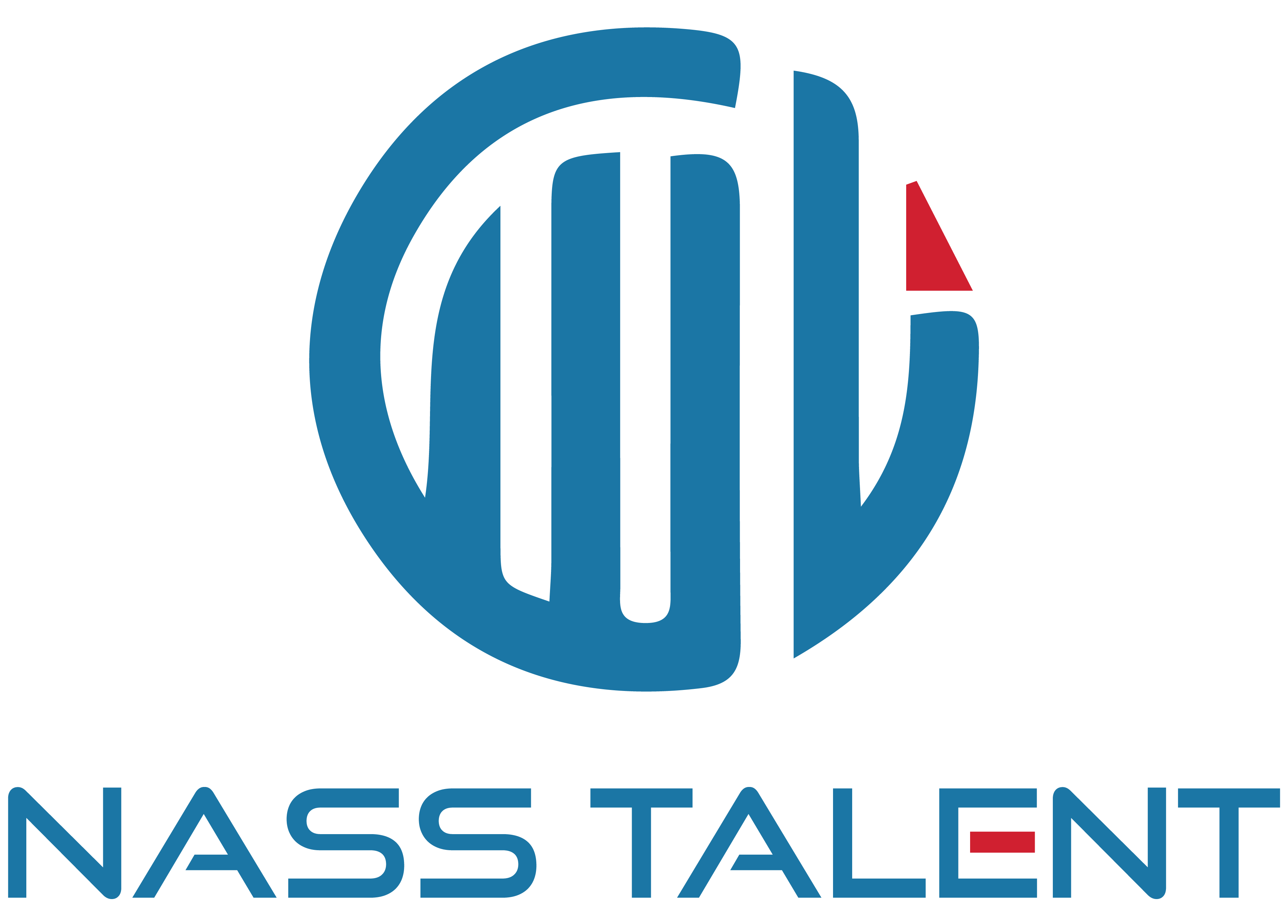Implementing Performance Management: Enhancing Organizational Success

It is essential to underline that performance management helps to achieve organizational goals and objectives. Performance management can be a very effective tool in the organization since it guides the activities of the employees in alignment to the achievements of the corporate objectives. This change of focus enables us here to discuss how to put into practice Performance Management Systems and the opportunities brought by the systems.
What is Performance Management?
Performance management is defined as the process of monitoring, appraising, reviewing and developing employee in order to increase organisational performance. They are goal setting, performance feedback and monitoring, performance appraisal and performance development. Thus, increasing efficiency and effectiveness of work of the organizations is possible through development of these fields.
Importance of Implementing Performance Management
Implementing performance management systems offers several key benefits:
- Employee Development: Fosters compliance through feedback and training in an ongoing process.
- Organizational Alignment: Guarantees that particular goals fit the general vision and mission of the organization, thus improving logical flow.
- Enhanced Productivity: Reduces worker’s performance and efficiency by providing expectations toward performance and rating them.
- Retention and Engagement: Enhances the level of participation of the employees at the workplace besides preventing high levels of employee turnover.
Steps to Implement Performance Management
Assess Organizational Needs
- Current System Review: It is important that you conduct an evaluation of the activity that you currently have in place to determine how effective it is.
- Needs Assessment: Examine the opportunities and the weaknesses in order to enhance your method.
Designing the Performance Management Framework
- Setting Performance Goals: Make achievement-oriented goals for the workers so that they may be compatible with organizational goals.
- Feedback Mechanisms: Build mechanisms for feedback to ensure that they are always changing for the better.
- Performance Appraisal Systems: Develop effective performance management instruments that will be used to assess and improve the performance of the employees.
Selecting the Right Tools
- Performance Management Software: Select instruments that will be useful in achievement of goals, providing feedbacks and accomplishing appraisals.
- Integration with Existing Systems: Make sure compatibility with existing HR systems to get the best performance.
Training and Communication
- Employee Training: Provide training for employees and managers to ensure they understand and effectively use the new system.
- Communication Plan: Develop a strategy to communicate the benefits and changes of the new performance management system.
Monitoring and Continuous Improvement
- Regular Reviews: Monitor and evaluate the performance management system regularly to ensure it meets organizational needs.
- Feedback Loops: Use employee feedback to make continuous improvements and address any issues that arise.
Challenges in Implementing Performance Management
Implementing performance management can present challenges, such as resistance to change and inconsistent application. Address these issues with strong leadership involvement, clear communication, and consistent practices.
Best Practices for Successful Implementation
- Leadership Involvement: Lastly, make sure that the leadership backs up and plays an active role in the performance management activities to avail.
- Consistency: Ensure that all the practices that relate to performance management are put into practice uniformly throughout the organization.
- Customization: Make changes to the performance management system depending on the organisational context.
Future Trends in Performance Management
Performance management is poised to become more reliant on AI and automation, shift toward continuous feedback model, and embrace new approaches for dealing with remote and blended workforces.
Conclusion
Successfully implementing performance management systems is essential for improving organizational performance. By following these steps and embracing future trends, you can enhance employee performance metrics and align individual goals with organizational objectives. Start refining your performance management strategies today to achieve lasting success.
FAQ
Performance management is the ongoing process of setting goals, monitoring employee progress, and giving feedback to enhance individual and organizational performance.
By implementing a performance management system, you will be aligning employee goals with company objectives, fostering accountability, and increasing productivity.
Some of the key steps of implementing a performance management system include defining clear goals, setting performance metrics, regular feedback, employee evaluation, and ongoing development.
A few of the challenges of implementing a performance management system is resistance to change, unclear metrics, inconsistent feedbacks, and aligning the system with business goals.
Employee development is very significant because it helps employees develop their professional qualities and align their career with the company’s goals, thus improving overall performance.









